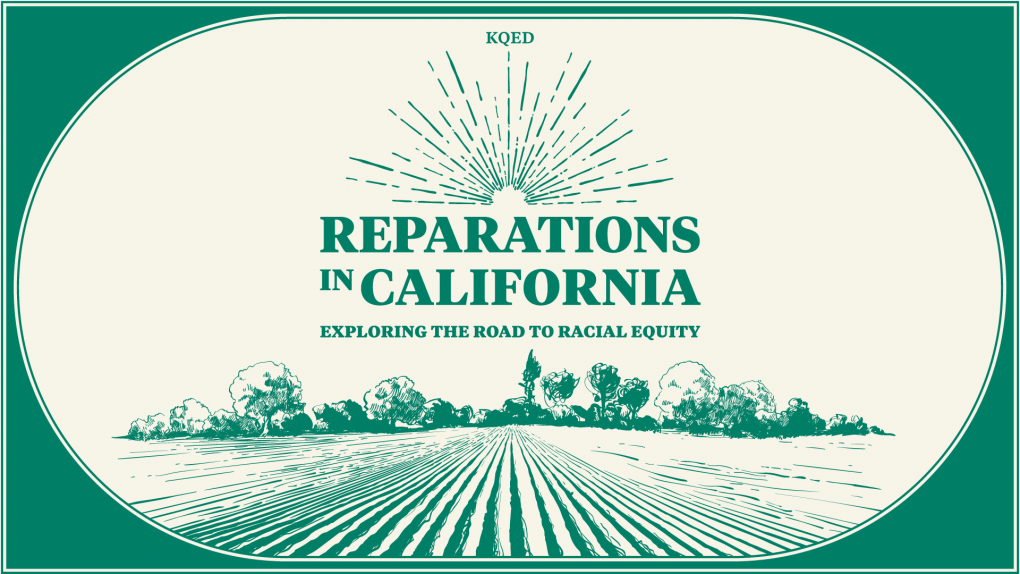K
avon Ward lived in Manhattan Beach, a surfside city about 15 miles southwest of Los Angeles, for more than two years before she learned about the city’s racist history.
In 2020, not long after George Floyd was murdered by police, Ward, a poet and activist, began learning about Bruce’s Beach, the beachfront real estate owned by a Black family before it was seized by the city of Manhattan Beach. The land was eventually turned into a park.
“I remember just looking out down the hill — I was at the top of the park — and seeing all of these white people and I’m thinking to myself, ‘How is it fair that all of these white people get to live here in front of what God created for everyone, after these Black people were run out?,’” Ward told me in a 2022 interview. “They take from us. They take our lives; they take our land; they take everything.”
Ward founded Justice for Bruce’s Beach to secure restitution for the descendants of the Bruces. She wanted reparations.
“It was not so much about it being land, it was more about it being justice served,” said Ward, who also launched Where Is My Land, a national organization focused on using research, advocacy and technology to help families from across the country get remuneration for land loss.


